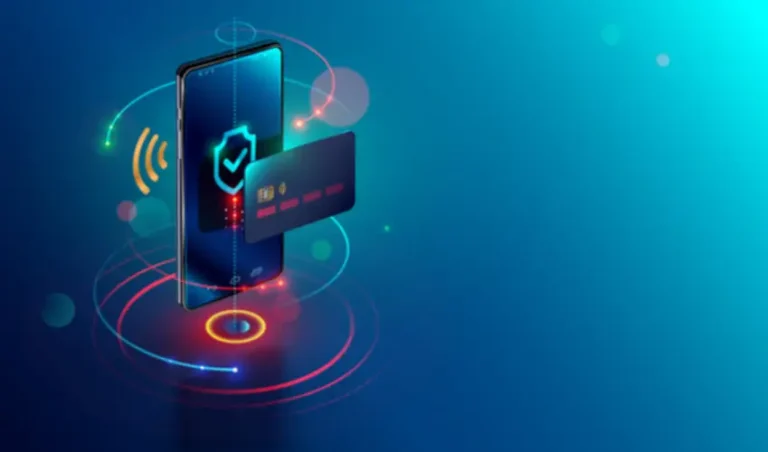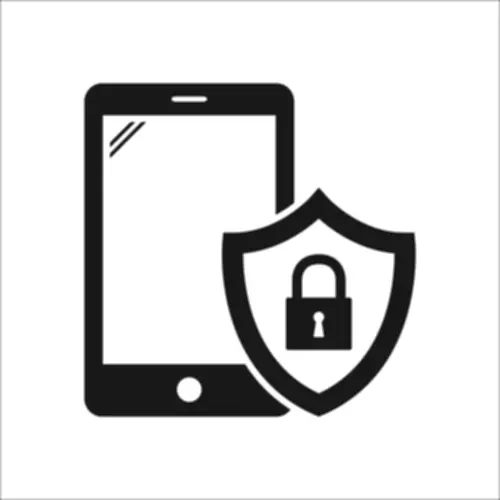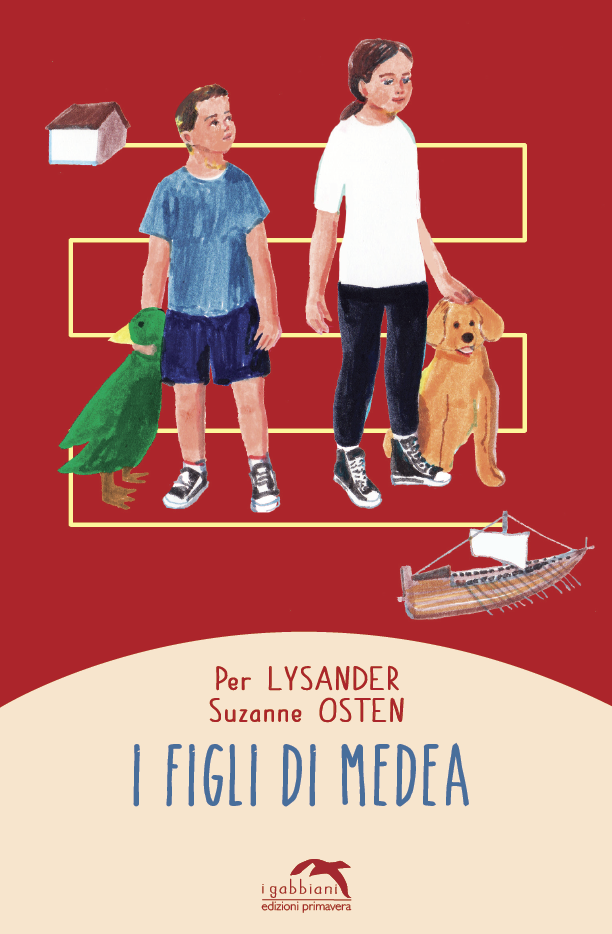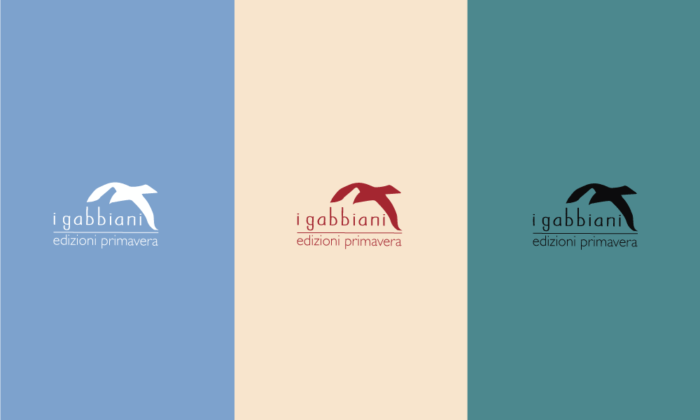There is a lot of debate within the tech world in regards to the relative merits of cloud computing and fog computing. Both methods have their pros and cons, however one key factor that units them aside is responsiveness. In terms of velocity and effectivity, cloud computing has a transparent edge over Fog computing. Starting with the best https://sakurawars.us/category/gameplay/page/2/ concept, Cloud Computing is the availability of knowledge processing and storage companies by way of data facilities, accessed over the internet.
Multitier Fog Computing With Large-scale Iot Knowledge Analytics For Good Cities

Edge computing is a distributed computing framework that permits localized knowledge processing and analytics. It brings enterprise purposes near information sources similar to local edge servers or IoT gadgets. Cloud-based storage companies like Google Drive and Dropbox that enable saving, accessing, and sharing information on-line are glorious examples of cloud computing in action. These providers enable customers to addContent crucial paperwork to the cloud and entry them from any system. The service providers guarantee data security whereas finish customers pay for storage space.
Fog Computing: From Architecture To Edge Computing And Massive Data Processing
We’ve already obtained used to the technical time period cloud, which is a network of multiple units, computer systems and servers related to one another over the Internet. As such, when considering the professionals and cons of cloud vs fog computing, the question of location awareness turns into an necessary factor to contemplate. Overall, whereas each cloud and fog computing have their respective advantages, it is necessary to fastidiously contemplate which mannequin is best suited for your particular wants. In addition to offering fast and easy access to information, cloud computing also allows for real-time collaboration among people and organizations.
- The major characteristic of fog computing is its proximity to edge units.
- Fog computing permits us to find knowledge on each node on local sources, thus making information evaluation more accessible.
- Fog computing is a paradigm that provides services to user requests on edge networks.
Secoff-fciot: Machine Studying Based Secure Offloading In Fog-cloud Of Things For Good Metropolis Purposes
At present, only a couple of third of all data collected by IoT sensors is analysed at source. By utilizing cloud computing companies and paying for what we use, we can keep away from the complexity of owning and maintaining infrastructure. So, edge and fog computing are greatest suited for use instances the place the IoT sensors may not have one of the best web speed. The main distinction between the three computing frameworks is their knowledge processing location. They rely on sensors and cameras located all through the car to collect knowledge and make selections about tips on how to navigate and operate the automobile. In practice, Cloud Computing ranges from easy providers like Google Drive purposes, to essentially the most complex, such as servers within the cloud.
Mobile-edge Computing Architecture: The Position Of Mec Within The Internet Of Things

The integration of the Internet of Things with the cloud is an economical method to do business. The fog layer provides further security measures to edge gadgets, such as encryption and authentication. This helps to protect sensitive data from unauthorized access and cyberattacks. Cloud computing has superior security measures in place to safe data in the cloud, while fog computing focuses on providing security measures to edge units. Additionally, fog computing might help to minimize back bandwidth requirements and costs by decreasing the quantity of data that must be sent to the cloud for processing.

Digitalisation Driven Urban Metabolism Circularity: A Review And Evaluation Of Round Metropolis Initiatives
By doing this, fog computing reduces the reliance on the cloud for these resource-intensive duties, bettering performance and decreasing latency (TechTarget, 2022). Fog computing is a decentralized computing infrastructure or course of in which computing assets are situated between a data supply and a cloud or another knowledge heart. Fog computing is a paradigm that gives companies to consumer requests on edge networks. Remember, the aim is to have the power to course of data in a matter of milliseconds. An IoT sensor on a manufacturing facility ground, for instance, can likely use a wired connection. However, a cellular resource, corresponding to an autonomous car, or an isolated useful resource, corresponding to a wind turbine in the center of a field, would require an alternate form of connectivity.

Fog computing also called fog networking or fogging, is a decentralized computing structure that brings cloud computing capabilities to the network’s edge. This methodology intends to increase efficiency, reduce latency, and enhance information processing capabilities. There is another technique for knowledge processing much like fog computing – edge computing. The essence is that the data is processed directly on the devices without sending it to other nodes or data facilities.

For these causes, it is unlikely that fog computing will fully replace cloud computing. When we discuss fog computing vs cloud computing, there are many critical factors to think about. On the one hand, cloud computing provides unparalleled security, with highly effective encryption and knowledge protection mechanisms to keep your data safe from unauthorized entry or manipulation. However, cloud computing does have its disadvantages, essentially the most critical of which is security.
Edge figuring was made as a outcome of Internet of Things devices’ momentous development, which companions with the net to tolerate data from the cloud or pass on knowledge back to the cloud. He can be the founder of Nikasio.com, which provides multiple companies in technical coaching, project consulting, content growth, and so on. Whether you go for one or the opposite will in the end rely upon a big selection of factors, together with your business and regulatory requirements. Ultimately, only careful evaluation may help you make the most effective determination on your group.

Among the main variations between these two forms of computing is their working environments. Cloud computing tends to work finest in giant, centralized information facilities or servers the place providers are delivered just about without any physical interaction. In contrast, while fog computing may be distributed geographically, it is typically extra localized than cloud computing and should only occupy a single geographic location. This design permits for larger location consciousness with fog computing, as the data being processed by each particular person node of the system is directly related to its bodily environment. As a end result, whereas we take a comparison of fog computing and cloud computing, we are ready to witness many benefits. But by way of information integration, fog computing provides a transparent advantage due to its improved processing velocity and adaptability.











